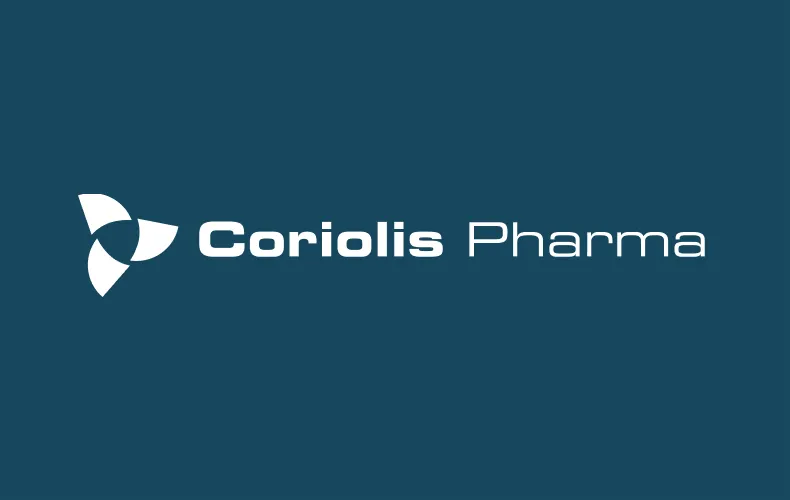Direct comparison of single peak and gradient chromatographic methods for routine analysis of surfactants in biopharmaceuticals
European Journal of Pharmaceutical Sciences
Authors:
The non-ionic surfactants polysorbate 20, polysorbate 80 and poloxamer 188 are prone to degradation, which necessitates their monitoring as part of the analytical strategy for surfactant- containing biopharmaceuticals. In this study, we discuss the challenges of analyzing partially degraded surfactant samples in the context of the most common quantification method – online solid-phase extraction using a mixed-mode column with analyte elution as a single peak. Additionally, we compare this single peak approach with gradient methods for surfactant quantification. To facilitate this comparison, we developed a simple gradient approach that allows for the rapid profiling of both polysorbates in 5.5 minutes and poloxamer 188 in 11 minutes, using liquid chromatography (LC) coupled with charged aerosol detection (CAD) or mass spectrometry (MS). We also included polyethylene glycol 15 hydroxystearate (HS15) as a possible alternative to the established surfactants. The gradient approach is a stability-indicating method that can detect compositional changes due to common degradation pathways, such as those induced by hydrolytic or oxidative stress, based on changes in the elution profile. The sensitivity of the single peak approach to degradation varies depending on the root cause. In conclusion, we present a workflow in which one chromatographic column employing fast gradients enables effective separation of the main surfactant components, facilitating both qualitative and quantitative analysis, as well as root cause analysis in case of observed degradation.
Read the full publication:
https://doi.org/10.1016/j.ejps.2025.107065

